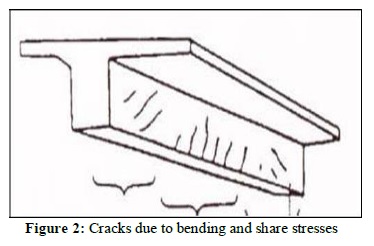Essential Inspection of Kolhapur City's RCC Building
DOI:
https://doi.org/10.54741/asejar.3.1.1Keywords:
inspection, building, water, slabs, visual testing, measuresAbstract
A structural audit is required for framed structures in order to determine the proper corrective actions for different types of structural flaws and shortcomings. so that it can continue to meet the requirements for appropriateness and longevity. A structural audit needs to be done on any kind of structure at least once every five years. Every three years, a structural audit should be completed for buildings that are more than fifteen years old. It appears that the primary causes of structural member deterioration are aging and corrosion. There are several reasons why structural elements corrode, such as wall cracks, moisture, slab leaks, and more. Therefore, the building's appropriateness and strength can be strengthened by completing the following tasks: installing slabs to stop water damage.
Downloads
References
K.R.Sonawane, & Dr A.W.Dhawale. (2015). Structural audit case study of RCC building in Nasik. Indian Journal of Research, 4(6).
B.H. Chafekar, & O.F.Kadam (2013). Structural audit. International Journal of Civil and Structural Engineering Research, 1(1).
National Disaster Management Division. (2018). Condition assessment of the building and seismic upgradation.
Central Public Works Department (CPWD), Governmentof India, NewDelhi. (2002). CPWD handbook on repair and rehabilitation of RCC structures.

Downloads
Published
How to Cite
Issue
Section
ARK
License
Copyright (c) 2024 Ramakant Sharma, Rohit Shukla

This work is licensed under a Creative Commons Attribution 4.0 International License.
Research Articles in 'Applied Science and Engineering Journal for Advanced Research' are Open Access articles published under the Creative Commons CC BY License Creative Commons Attribution 4.0 International License http://creativecommons.org/licenses/by/4.0/. This license allows you to share – copy and redistribute the material in any medium or format. Adapt – remix, transform, and build upon the material for any purpose, even commercially.










